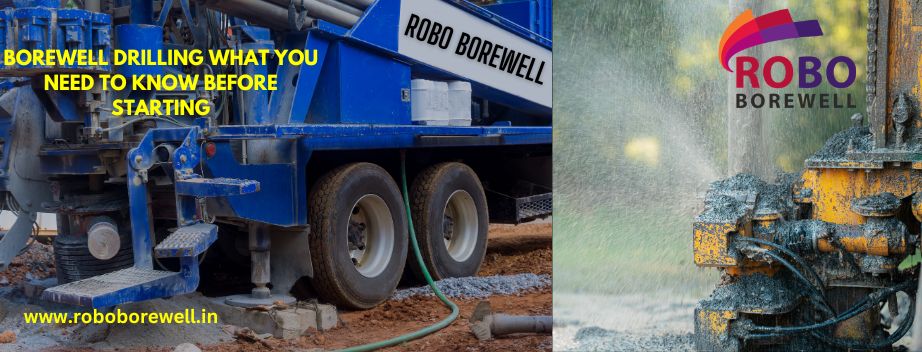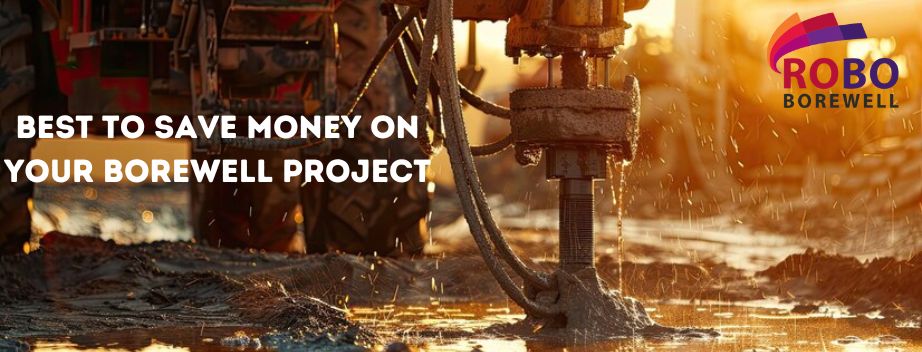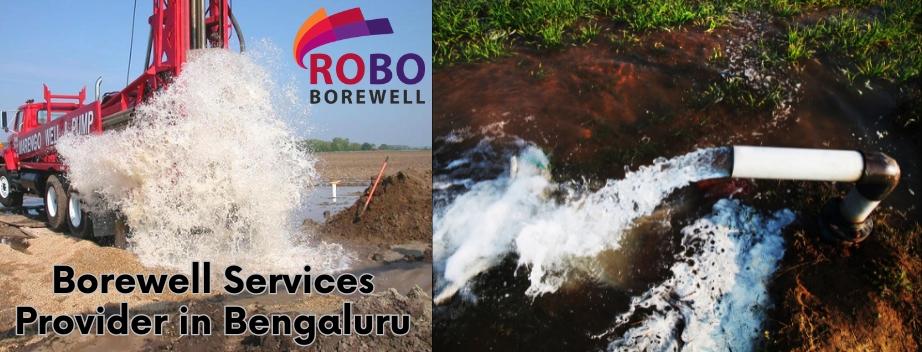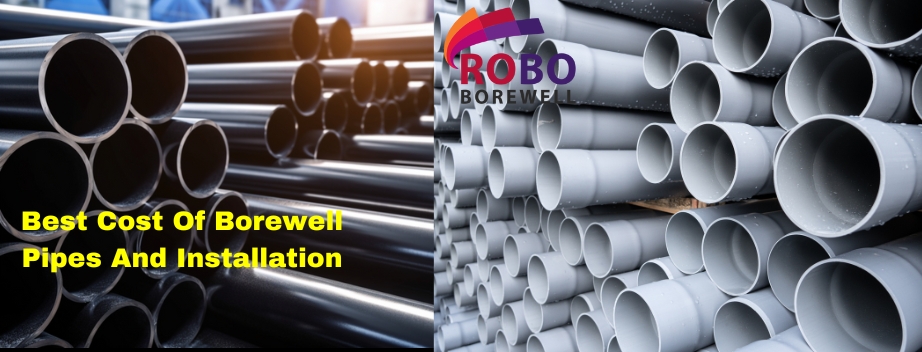
Borewell drilling remains one of the most sought-after solutions to access water. As we enter 2025, many individuals and businesses are keen to understand the cost dynamics of borewell drilling, especially in rapidly growing regions. This comprehensive guide will help you estimate the average cost of drilling a borewell in 2025, factors influencing the cost, and tips for choosing the right borewell services.
Introduction to Borewell Drilling
Borewells play a vital role in ensuring water supply for homes, farms, and industries. They are deep, narrow wells drilled into the ground to tap groundwater reservoirs. With water scarcity becoming a growing concern, installing a borewell has become essential, particularly in water-deficient regions.
Why Borewell Drilling?
Ensures consistent water supply
A long-term solution for domestic and agricultural water needs
Essential for industrial and commercial projects
What Determines the Cost of Borewell Drilling in 2025?
The cost of borewell drilling isn’t fixed and depends on several factors. Here’s a breakdown of the key elements that influence borewell costs:
a) Depth of the Borewell
The primary factor affecting borewell costs is the depth required to reach groundwater. Deeper borewells cost more because they require more time, effort, and resources. In urban areas, borewell depths often range from 150 to 500 feet, while rural regions may require shallower depths.
b) Geological Conditions
The soil and rock composition of your location can impact drilling costs. Hard rock formations require more powerful equipment and longer drilling times, increasing expenses. Conducting a geological survey beforehand can help estimate costs accurately.
c) Borewell Drilling Equipment
The type of machinery used in the drilling process also influences pricing. Popular methods include:
Manual Drilling (for shallow borewells)
Rotary Drilling (commonly used for medium to deep borewells)
DTH (Down-the-Hole) Drilling (for extremely hard rock formations)
d) Borewell Casing
To prevent the borewell walls from collapsing,casing pipes are installed. The material and quality of these pipes (e.g., PVC, steel) can impact costs.
e) Borewell Accessories and Services
Additional expenses include:
Borewell pumps (submersible or jet pumps)
Electrical connections and pipelines
Maintenance services (“borewell service near me” searches often highlight annual maintenance plans)
f) Location
Drilling costs vary depending on the region and accessibility. Urban areas generally have higher costs due to stricter regulations and deeper groundwater tables, whereas rural areas are comparatively cheaper.
Average Cost of Borewell Drilling in 2025
Based on the trends in recent years, here’s an estimated cost range for borewell drilling in 2025:
a) Borewell Drilling Costs (Per Foot)
Shallow Borewells (Up to 150 feet): ₹50 – ₹100 per foot
Medium Depth Borewells (150–300 feet): ₹100 – ₹200 per foot
Deep Borewells (300–500+ feet): ₹200 – ₹400 per foot
b) Borewell Casing Costs
PVC Casing: ₹300 – ₹500 per foot (depending on quality)
Steel Casing: ₹500 – ₹1000 per foot
c) Pump Installation Costs
Submersible Pumps: ₹15,000 – ₹50,000 (depending on capacity)
Jet Pumps: ₹10,000 – ₹20,000
d) Additional Costs
Geological Survey: ₹5,000 – ₹10,000
Borewell Accessories (pipes, filters, electrical): ₹10,000 – ₹30,000
Maintenance Services: ₹5,000 – ₹10,000 annually
Overall Cost Estimate: For a 300-foot borewell with basic casing and pump installation, the total cost in 2025 will likely range between ₹80,000 and ₹1,50,000.
How to Find the Best Borewell Drilling Services Near You
a) Check for Local Expertise
Hiring local borewell drilling contractors ensures they understand the geological conditions of the area, making it easier to predict drilling depths and costs accurately.
b) Compare Costs
Get multiple quotes from drilling companies to compare prices, equipment, and included services. This helps in avoiding overpriced services.
c) Verify Licenses and Certifications
Ensure that the borewell drilling service provider has the necessary government approvals and certifications to operate.
d) Read Reviews and Testimonials
Online reviews and customer feedback can help identify trustworthy borewell contractors. Look for highly-rated services in your area when searching for “borewell service near me.”
e) Request a Geological Survey
Before drilling, hire experts for a geological survey to identify the optimal drilling spot and estimated depth. This minimizes unnecessary drilling expenses.
Steps Involved in Borewell Drilling
Understanding the process of borewell drilling can help you plan better and reduce unnecessary costs. Here’s a step-by-step overview:
Step 1: Geological Survey
Professionals assess the groundwater table and identify the best drilling location.
Step 2: Choosing the Borewell Depth
Based on the survey, the required depth is finalized to ensure consistent water supply.
Step 3: Drilling Process
Borewell machines drill into the ground to reach the water table.
Casing pipes are installed to stabilize the borewell structure.
Step 4: Pump Installation
Once water is detected, a submersible or jet pump is installed for water extraction.
Step 5: Testing the Borewell
The borewell is tested to measure water yield and ensure functionality.
Step 6: Electrical and Pipeline Setup
Electrical connections and pipelines are installed to deliver water efficiently.
Step 7: Borewell Maintenance
Regular maintenance is essential to ensure long-term water supply. Search for “borewell service near me” to find professionals who offer annual maintenance packages.
Tips to Reduce Borewell Drilling Costs
Here are some tips to save on borewell installation costs in 2025:
1) Conduct Surveys First
Avoid blind drilling by conducting geological and hydrogeological surveys to identify water-rich zones.
2) Choose the Right Equipment
For shallow borewells, manual or rotary drilling is sufficient, saving money compared to DTH drilling.
3) Opt for PVC Casing
PVC casing is cheaper than steel and works well for most borewells unless heavy-duty casing is necessary.
4) Compare Service Providers
Always compare multiple drilling services for cost and reliability before making a decision.
The Importance of Borewell Maintenance
Borewells require regular maintenance to ensure consistent water flow and prevent contamination. Common maintenance tasks include:
Checking pump efficiency
Repairing casing pipes or damaged pumps
Annual servicing costs between ₹5,000 and ₹10,000, which is a worthwhile investment for ensuring a reliable water supply.
Borewell Drilling Regulations in 2025
With stricter government regulations for water conservation, it’s important to stay informed about borewell guidelines in 2025:
Obtain proper permissions from local authorities before drilling a borewell.
Follow depth and spacing regulations as per state laws.
Avoid drilling borewells near contaminated or restricted zones.
Failing to comply with these regulations can result in penalties and borewell closures.
Conclusion
The average cost of borewell drilling in 2025 will depend on depth, geological conditions, casing materials, and additional services. For a medium-depth borewell with pump installation, you can expect to spend between ₹80,000 and ₹1,50,000.
Make sure to choose experienced and licensed professionals who can deliver high-quality results. Conducting a geological survey, comparing costs, and ensuring proper maintenance will help you make the most of your investment.
A borewell is a long-term solution for water needs—whether for domestic, agricultural, or industrial purposes. With the right planning and service providers, you can ensure a sustainable water supply while keeping costs under control.























Add a comment